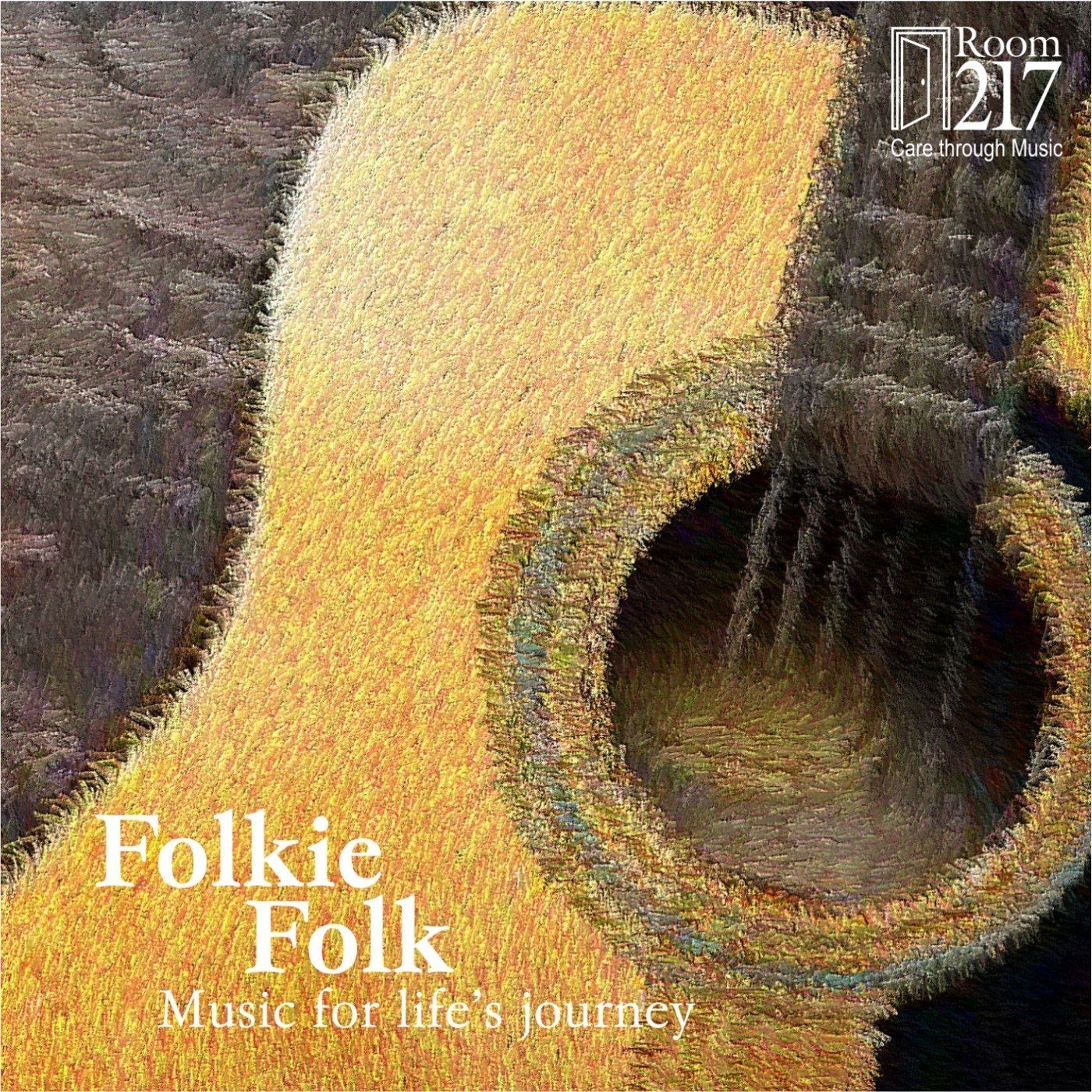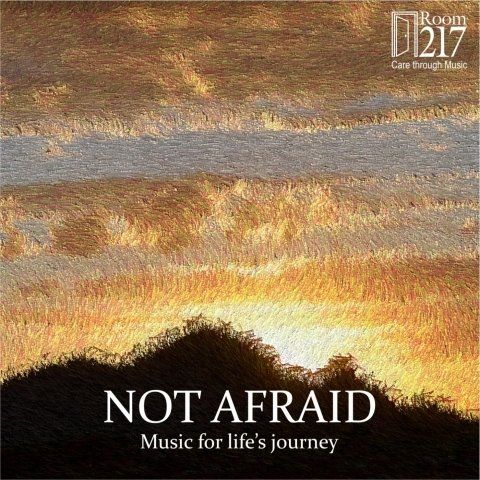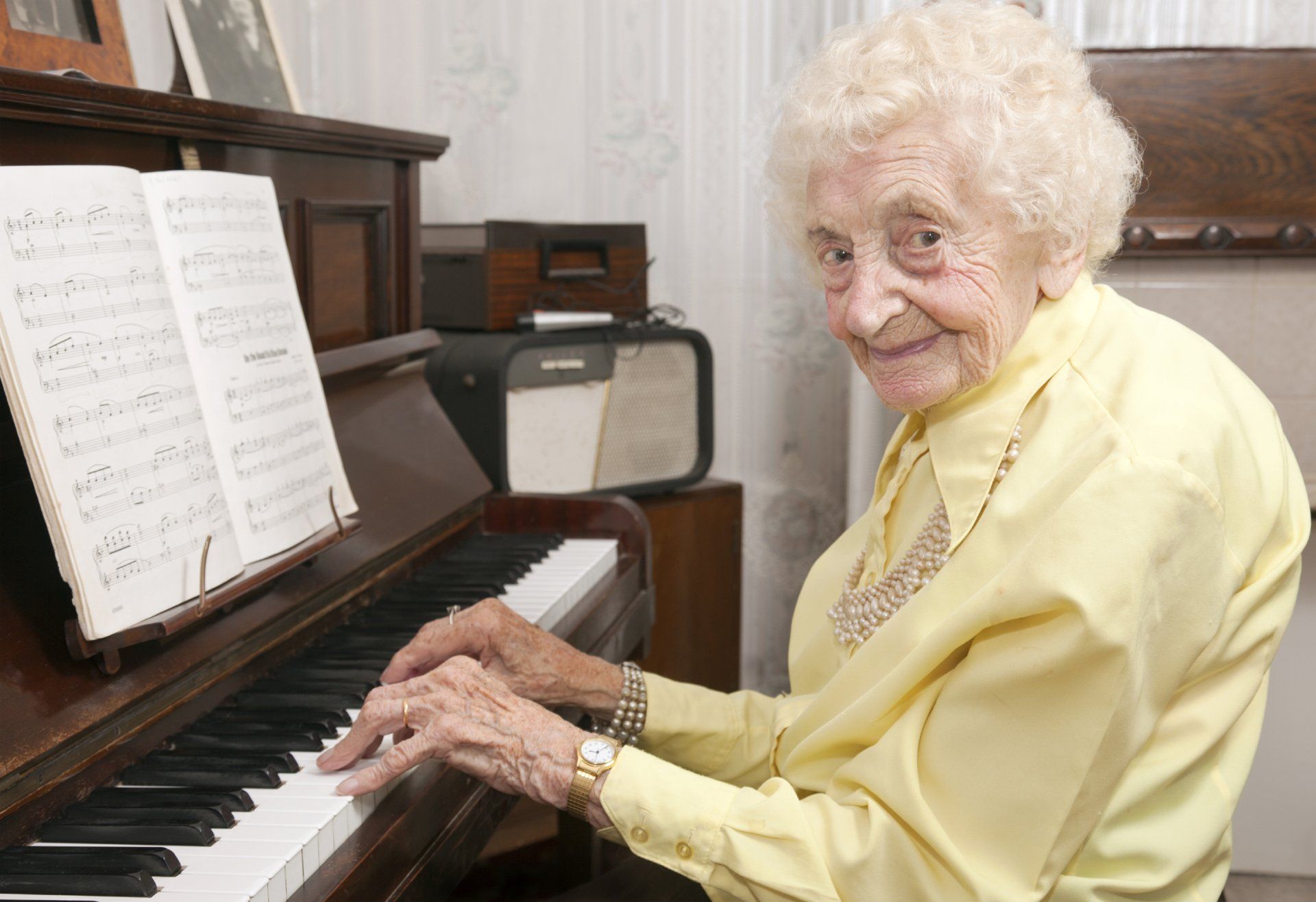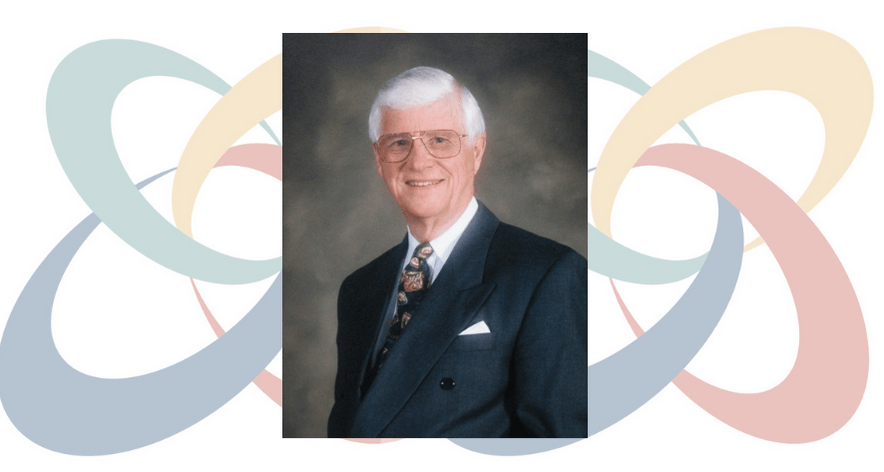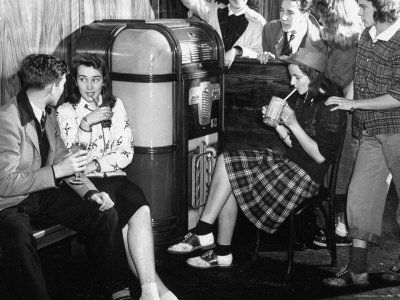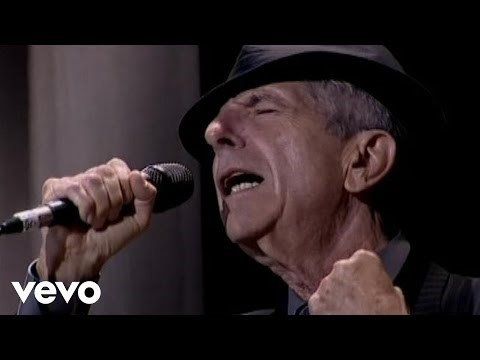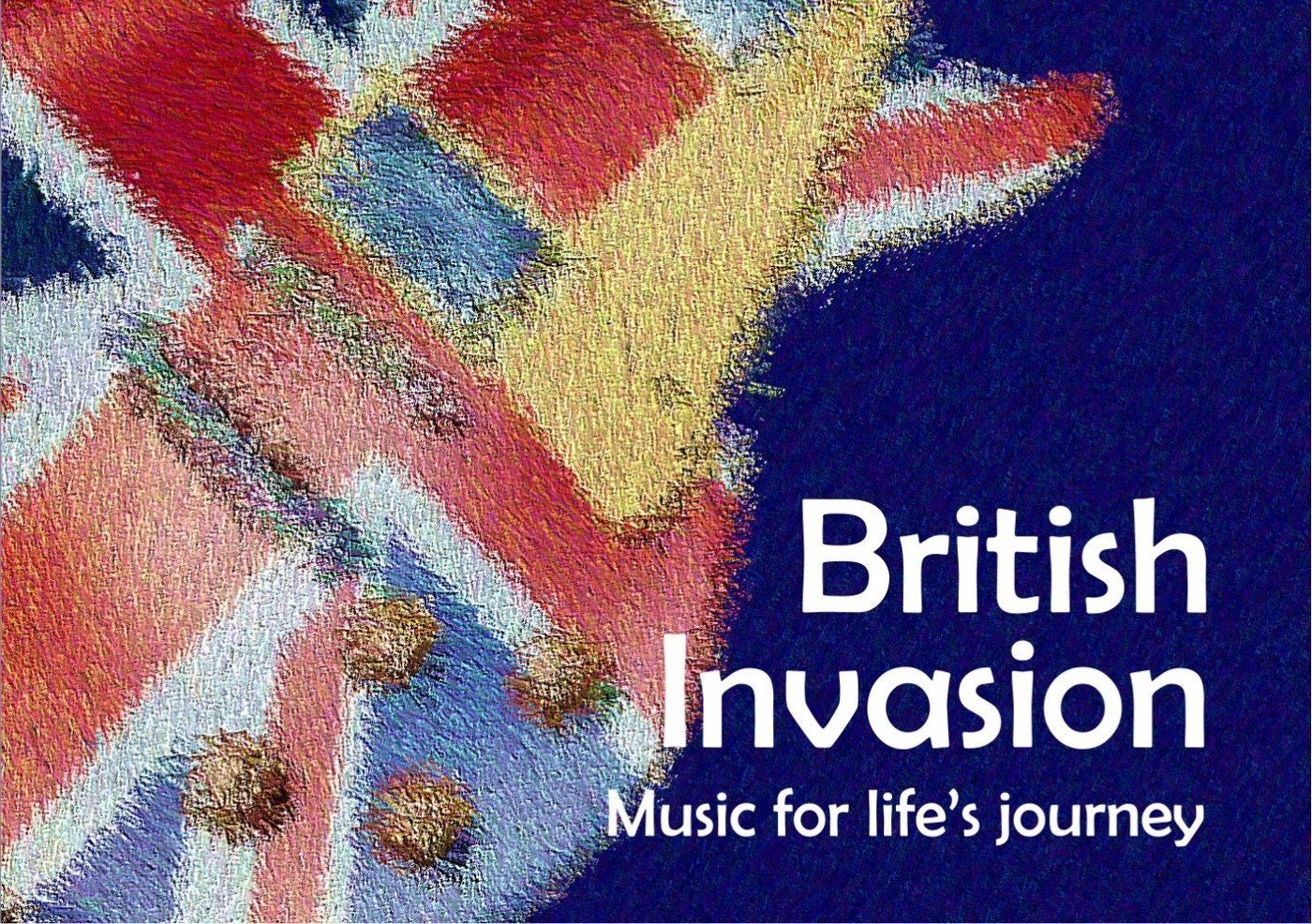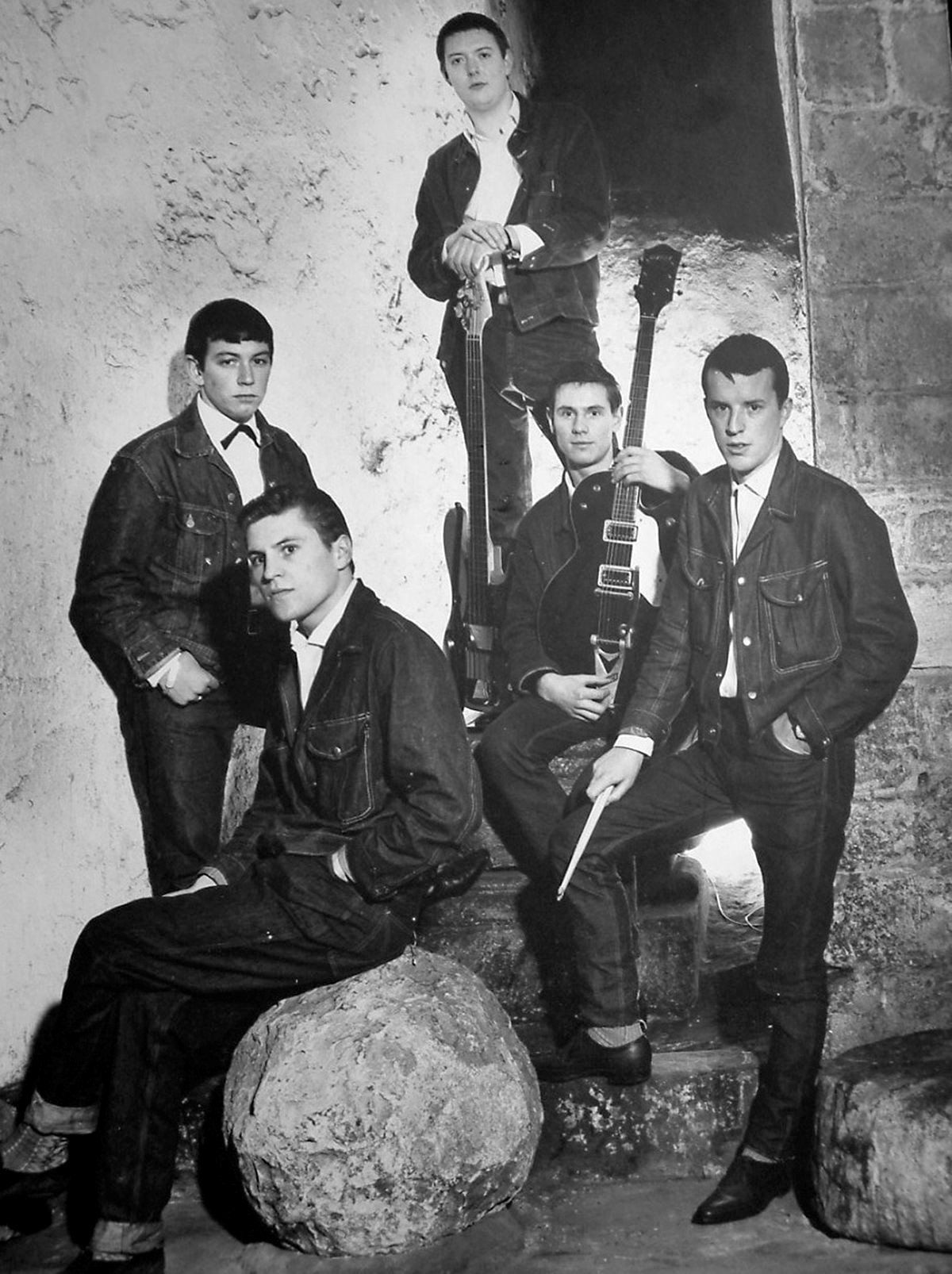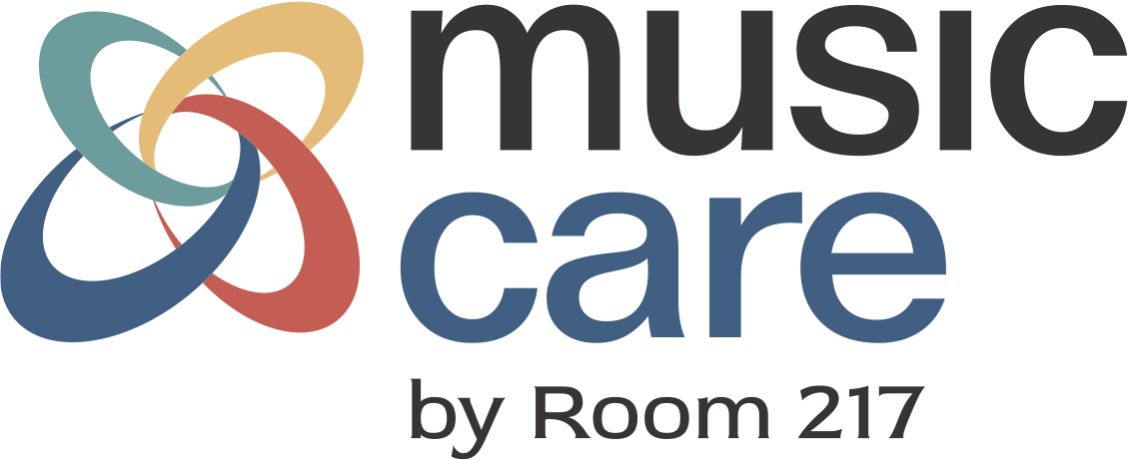Supporting Health & Well-being Through The Voice: Song-Writing And Singing, Rapping, DJ-ing, Poetry, And More
When the Participatory Creative Music Hub put out an Open Call for projects with a focus on Health, we never guessed that so many of the projects would center around creative expression through the voice! From singing and song-writing to DJ-ing, poetry and rap, the projects demonstrate the incredible range of ways in which the voice can be used to support participants’ health and well-being.
For example, Haida Elder Jiixa (Gladys Vandal) and settler Julia Weder team up in Preserving Language Through Music & Film to share language and creativity through rap music videos. As Julia writes, this project “was intended to support Jiixa in her own language-sharing and creative visions, as she is hugely motivated to share the language now that she is diagnosed with ALS and has limited mobility”.
Watch and listen to the music video ‘X̲anjuudal Travelling to Vancouver’ in which we not only see and hear the transmission of language, but also the connection and ready laughter shared by Jiixa and Julia.
In another use of voice, Laura Gillis’ Vintage Voices features members of a long-term care centre who DJ a radio show based on the Participatory Creative Music Hub put out an Open Call for projects with a focus on Health, we never guessed that so many of the projects would center around creative expression through the voice! From singing and song-writing to DJ-ing, poetry and rap, the projects demonstrate the incredible range of ways in which the voice can be used to support participants’ health and well-being.
For example, Haida Elder Jiixa (Gladys Vandal) and settler Julia Weder team up in Preserving Language Through Music & Film to share language and creativity through rap music videos. As Julia writes, this project “was intended to support Jiixa in her own language-sharing and creative visions, as she is hugely motivated to share the language now that she is diagnosed with ALS and has limited mobility”.
Watch and listen to the music video ‘X̲anjuudal Travelling to Vancouver’ in which we not only see and hear the transmission of language, but also the connection and ready laughter shared by Jiixa and Julia.
In another use of voice, Laura Gillis’ Vinta the music of their choice. The purpose of the project is to provide a DJ with a platform to share the music they love and their thoughts on this music, and as Laura writes, “bring these voices to the rest of society via short radio clips’. Laura writes, “In my work in Long Term Care, I witness the negative effects of our society’s ageism and ableism: Individuals living in Long Term Care, families, and healthcare providers often struggle to have a voice, to be noticed, valued, and to receive the support and recognition that is needed. The tone of Vintage Voices is light and fun, however it serves to amplify seldom-heard voices and to put a face (or rather a voice!) to individuals living in these settings, allowing them to show the value of life at every stage.”
Go to Vintage Voices to listen to three DJs’ radio clips.
Using a poem written by a participant, Naila Kuhlmann’s Piece of Mind: Understanding And Comunicating Parkinson’s Disease Through Music And Poetry, features a collaboration with poet Lili Saint-Laurent, a woman living with Parkinson’s Disease (PD), and musician Caroline Barbier de Ruelle. Lili’s poem Sur le fil (On a wire) is an expression of her day-to-day experience of PD, and served as the starting point for a creative process between Lili and Caroline. See this video for a description of the process used, the thoughts of the participants, excerpts of the creative process and the resulting circus piece that features Lili speaking her poem.
For those participants who express themselves readily through non-language based vocal expression, Geremia Lodi’s Silent Rhythms features participants who create silent ‘movement phrases’ that are then interpreted vocally. See this video tutorial for a demonstration of the process used to create both movement and it’s interpretation in sound.
Multiple projects focused on collaborative songwriting. For read more about the processes used, and listen to the music, see:
- Sound & Song: Collaborative Songwriting With Seniors & Elders
- Music Takes You Higher: Collaborative Song-Writing With People Living With Dementia
- Let’s Re-Imagine: Challenging The Stigma Of Dementia Through Collaborative Song-Writing
There clearly many ways of supporting health and well-being through the voice. If you have more to share, consider submitting to the PCM Hub! See HERE to create and account and submit, and reach out to Louise Campbell at mlouisecampbell@gmail.com for more information.


